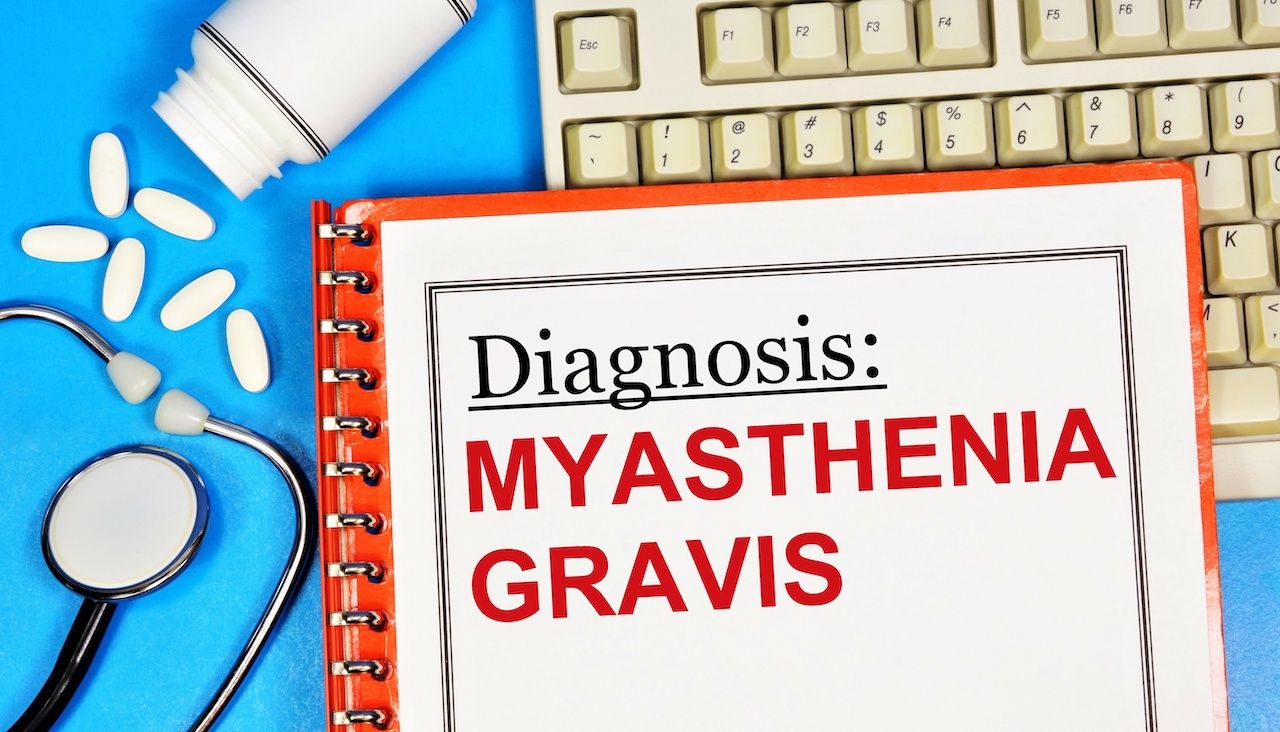- Center on Health Equity & Access
- Clinical
- Health Care Cost
- Health Care Delivery
- Insurance
- Policy
- Technology
- Value-Based Care
PASS “Yes” Status in MG Potentially Achievable 2 Years After Diagnosis
Patient acceptable symptom state (PASS) may be a reliable indicator of long-term outcomes among patients who have myasthenia gravis (MG).
Just over 2 years after receiving their diagnosis, individuals who have myasthenia gravis (MG) have reached their patient acceptable symptom state (PASS), according to new research published in Frontiers in Neurology.1
In addition, using prednisone—an anti-inflammatory medication that treats eye or vision problems, lupus, and multiple sclerosis flare-ups, among others2—and having very-late-onset MG were positively correlated with achieving PASS in a shorter amount of time.
“The PASS determines a threshold of the patient’s satisfaction with their MG status, determined by a dichotomous question of ‘Yes’ or ‘No,'” the authors wrote. “Achieving PASS ‘Yes’ status is a patient-centered treatment goal. PASS thresholds and the PASS question itself can be used for assessing long-term outcomes, anchored on the patient’s assessments of their own health, rather than from a clinician’s perspective.”
The overall median time to PASS “yes,” per Kaplan-Meier analysis was 15 (95% CI, 11-18) months among the 78% (n = 67) of patients with MG who achieved this disease-related state. Of this group, 91% (n = 61) achieved PASS “yes” by 25 months after their diagnosis. However, those with less severe forms of MG who only needed prednisone therapy achieved PASS “yes” in a time frame that was 78% shorter: 5.5 (95% CI, 3-16) months (P = .01).
Myasthenia gravis. The text label of the medical diagnosis | Image Credit: Николай Зотов - stock.adobe.com

The retrospective analysis encompassed 86 patients living with MG, all of whom responded “no” to an initial PASS inquiry and received care at the Prosserman Family Neuromuscular clinic at the University Health Network, Toronto General Hospital, from December 2016 to March 2021. The primary outcome was time to reach a first PASS “yes,” with correlations made between demographics, clinical characteristics, treatment, and disease severity, using the Myasthenia Gravis Impairment Index (MGII; score range, 0-84; the higher the score, the more severe the disease), and Simple Single Question (SSQ; score, 0% [worst] to 100% [normal]; patients are asked what percent of normal they feel from their MG).
Participants were asked this question to gauge their PASS response: “Considering all the ways you are affected by Myasthenia, if you had to stay in your current state for the next months, would you say that your current disease status is satisfactory?” Their mean (SD) age was 61.4 (14.9) years.
At baseline, the most common form of MG was generalized MG (70.1%); at diagnosis, the mean MGII score was 24.5 (12.2) and the mean SSQ, 58.9% (21.9%). Most diagnoses (94.1%) were confirmed by positive findings on a single-fiber electromyography; this method of diagnosing neuromuscular disorders is proven very sensitive at detecting neuromuscular transmission defects.3
Additional study findings show the following:
- Mean time to PASS “yes” was 12.8 (8.9) months
- Mean follow-up among patients who remained at PASS “no” was 11.0 (8.9) months
- Patients who received their diagnosis after age 65 years were significantly more likely (HR, 1.99; 95% CI, 0.26-2.63; P = .001) to have a shorter time to PASS “yes”
- In patients who achieved PASS “yes,” mean baselines scores were 23.1 (12.2) for the MGII and 60.5% (23.2%) for the SSQ
- At the PASS “yes” evaluation, mean scores improved by dropping to 9.8 (9.2) and rising to 80.6% (15.4%), respectively
- At the PASS “yes” evaluation, 4 patients scored 100% on their SSQ and 8 had a score of zero on their MGII
Study limitations include its retrospective nature, the small patient cohort, and that patients who achieved PASS “yes” can fluctuate between that and PASS “no” because the disease course of MG can widely fluctuate, their self-perception of their MG, and adverse effects of medication.
“A future prospective trial study with a larger sample size will be able to address these limitations and further validate our findings,” the investigators concluded. “
References
1. Martinez-Harms R, Barnett C, Bril V. Time to achieve a patient acceptable symptom state in myasthenia gravis. Front Neurol. 2023;14:1187189. doi:10.3389/fneur.2023.1187189
2. Prednisone (oral route). Mayo Clinic. Updated September 1, 2023. Accessed September 15, 2023. https://tinyurl.com/yc4h44x4
3. Selvan VA. Single-fiber EMG: a review. Ann Indian Acad Neurol. 2011;14(1):64-67. doi:10.4103/0972-2327.78058
